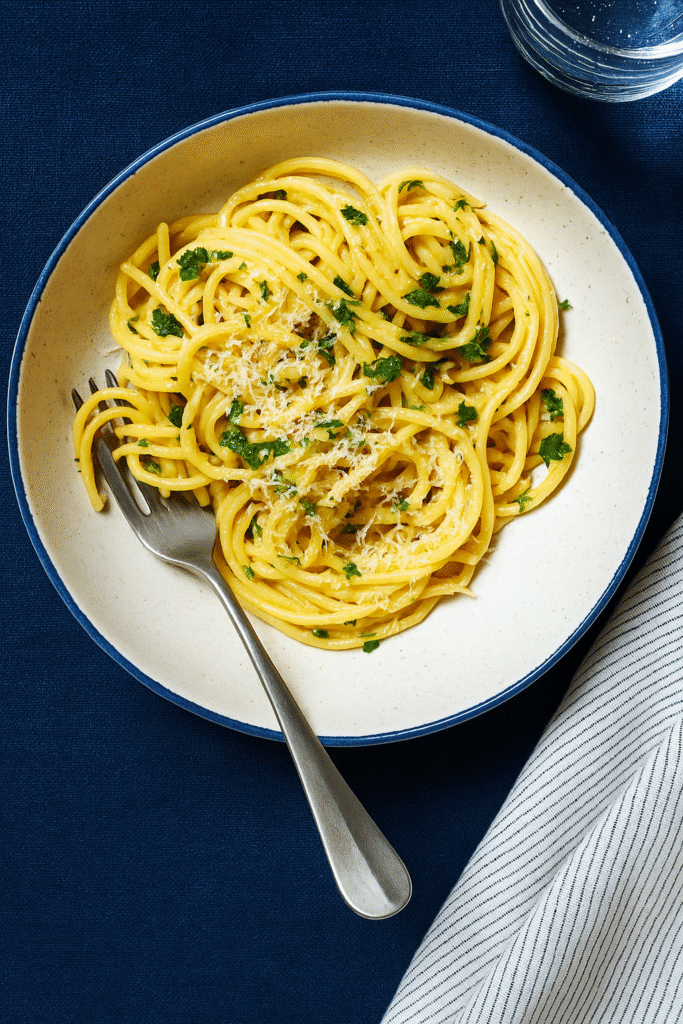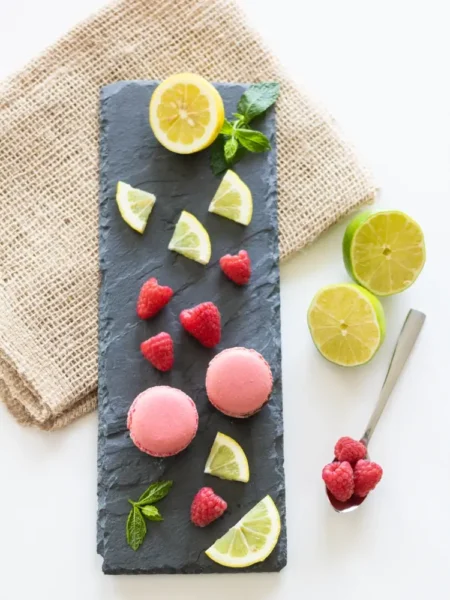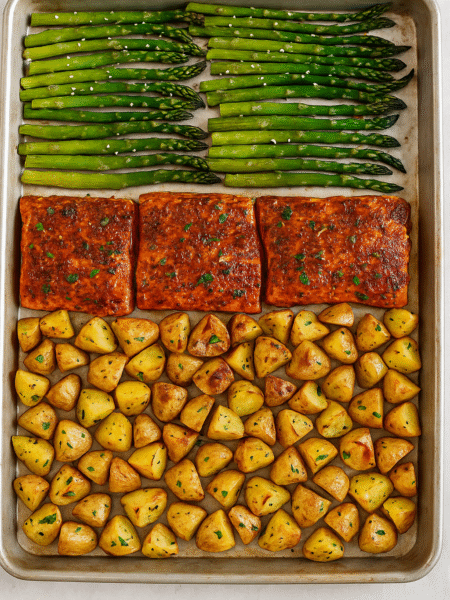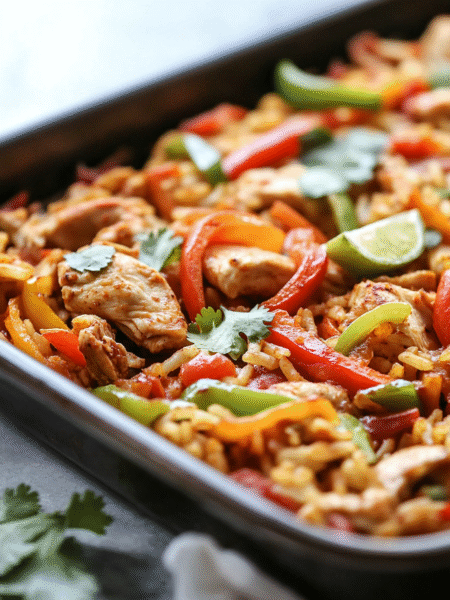In the bustling rhythm of a professional kitchen, where time is of the essence and flavors are paramount, there emerges a dish that embodies the perfect balance between simplicity and sophistication—$10 Pantry Pasta in 15 Minutes. At first glance, this recipe might seem like a humble offering, yet it holds within its simplicity the elegance of a thousand culinary stories. This pasta dish is a testament to the idea that you don’t need extravagant ingredients or hours of preparation to create something truly remarkable. Instead, it invites you to explore how everyday pantry staples can be transformed into a gourmet experience, perfect for those nights when you crave comfort without compromising on quality.
A Serendipitous Kitchen Moment
The Birth of a Culinary Staple
Every chef has that moment in the kitchen where necessity births innovation. For me, this dish was born out of a serendipitous evening when my pantry was sparse, and guests were expected imminently. As I surveyed the limited resources at hand, the challenge was clear: create a meal that would impress, using only what was available. It was in this moment of culinary improvisation that the Pantry Pasta came to life. A few simple ingredients, a dash of creativity, and a touch of culinary wisdom were all it took to transform a potential disaster into a triumph.
Turning Constraints into Creativity
The constraints of that evening were not deterrents but rather catalysts for creativity. The absence of grand ingredients pushed me to delve deeper into the essence of each component—understanding the full potential of a humble can of tomatoes, the depth of flavor hidden in a clove of garlic, and the luxuriousness that can be coaxed from a splash of olive oil. These pantry staples, often overlooked, were given a starring role, and the result was a dish that was both comforting and sophisticated, bridging the gap between everyday meals and fine dining.
The Culinary Heritage of Simplicity
A Nod to Italian Tradition
The roots of this dish are deeply entwined with the culinary traditions of Italy, where simplicity is celebrated, and the quality of ingredients takes center stage. Italian cuisine has long revered the art of transforming basic ingredients into masterpieces, and this pasta dish pays homage to that philosophy. It’s reminiscent of the Italian ‘cucina povera’—a style of cooking that embraces the idea that less is more. In Italy, the magic lies in the ability to take a few select ingredients and, through skill and passion, create a symphony of flavors that dance together on the palate.
The Universal Language of Pasta
Pasta, in its many forms, is a universal language of comfort and connection. It transcends cultural boundaries and brings people together, whether in a bustling trattoria in Rome or a cozy kitchen in the heart of New York City. This dish, with its roots in Italian tradition, speaks to that universal love of pasta. It’s a reminder that, often, the simplest dishes are the ones that resonate most deeply with us, evoking memories of family gatherings, laughter-filled meals, and the joy of sharing food with loved ones.
Exploring Unique Ingredients and Flavors
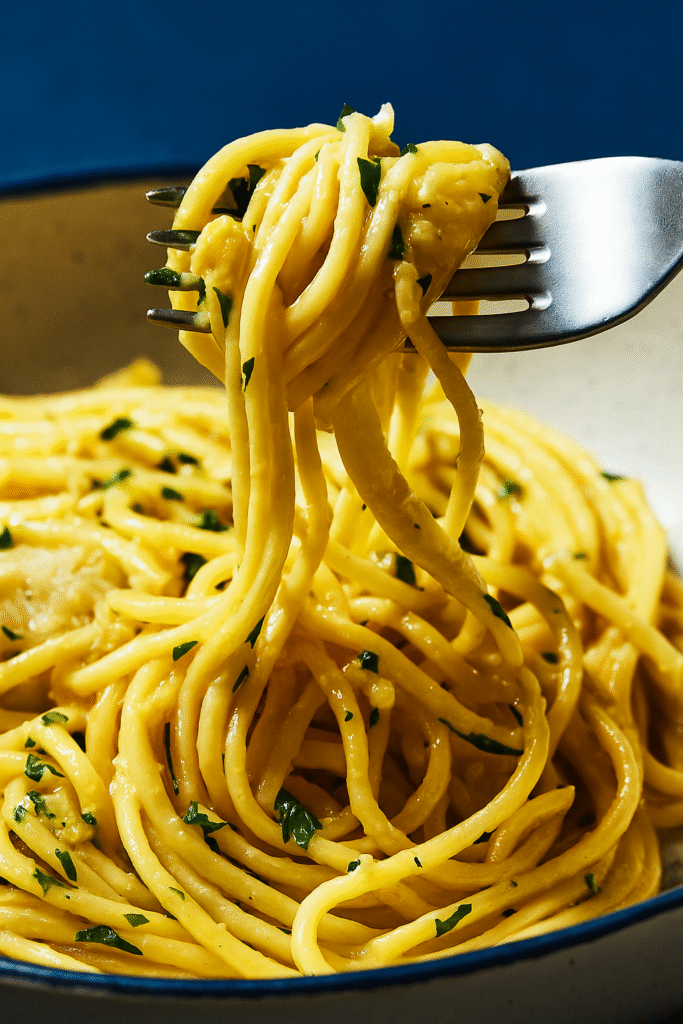
The Dance of Flavors
At the heart of this recipe lies a delicate dance of flavors, each ingredient playing its part in creating a harmonious dish. The base is a good quality pasta—spaghetti or linguine are excellent choices—cooked to a perfect al dente. The sauce is a masterclass in simplicity, combining ripe canned tomatoes with the pungency of garlic, the mild heat of red pepper flakes, and the richness of olive oil. Each ingredient is carefully chosen to complement and enhance the others, creating a sauce that is both vibrant and comforting.
The Magic of Minimalism
One of the secrets to the success of this dish is the magic of minimalism—allowing each ingredient to shine without overwhelming the palate. The tomatoes provide a slightly acidic tang, balanced by the sweetness that emerges as they cook down. The garlic, sautéed gently in olive oil, offers a warm, aromatic depth, while the red pepper flakes add a gentle kick that lingers pleasantly. The final touch is a sprinkling of freshly grated Parmesan or Pecorino Romano, adding a nutty, salty finish that brings the dish together.
Insider Tips and Techniques
The Art of Pasta Perfection
The key to elevating this dish lies in the details, particularly in the cooking of the pasta. Achieving the perfect al dente texture is essential, and this involves more than just following the package instructions. It requires a keen sense of timing and an understanding of how the pasta should feel to the bite—firm yet yielding, with a slight resistance at the core. This textural perfection is what helps the pasta to absorb the sauce, allowing every strand to be coated in flavor.
Crafting the Sauce
Creating the sauce is where the magic truly happens. Begin by gently heating the olive oil in a large pan, adding the garlic to infuse the oil with its aromatic qualities. The key is to avoid letting the garlic brown, as this can introduce bitterness. Once the garlic is fragrant, add the crushed tomatoes and let them simmer, allowing their natural sweetness to develop. As the sauce reduces, it thickens, concentrating the flavors and creating a luscious coating for the pasta.
Variations and Personal Touches
Embracing Personalization
While the beauty of this dish lies in its simplicity, it also serves as a canvas for personalization. For those who enjoy a touch of protein, adding a handful of cooked shrimp or slices of grilled chicken can elevate the dish without overshadowing its core flavors. Fresh herbs, such as basil or parsley, can be added just before serving to introduce a burst of freshness and color. For a vegetarian twist, consider adding sautéed mushrooms or roasted bell peppers to enhance the depth of the dish.
Common Pitfalls to Avoid
As with any recipe, there are common pitfalls to be aware of. One of the most frequent mistakes is overcooking the pasta, which can lead to a mushy texture that detracts from the dish’s elegance. Another is neglecting to season the pasta water adequately—a generous amount of salt is crucial to ensure the pasta itself is flavorful. Additionally, it’s important not to rush the sauce; allowing it ample time to reduce and develop is what gives the dish its rich, complex flavor.
Serving Suggestions and Evolution
From Humble Beginnings to Culinary Staple
Over the years, this dish has evolved from its humble beginnings as a quick pantry solution to a beloved staple in my culinary repertoire. It has graced the tables of intimate family dinners and sophisticated gatherings alike, always met with enthusiasm and appreciation. Its versatility and ease of preparation make it a go-to option for busy weeknights, while its undeniable charm ensures it remains a favorite for special occasions.
Pairing and Presentation
When it comes to serving this dish, the presentation is as simple as the preparation. A generous portion of pasta, twirled elegantly on a plate, topped with a final flourish of cheese and a drizzle of extra virgin olive oil. A glass of crisp white wine, such as a Pinot Grigio or Sauvignon Blanc, complements the dish beautifully, cutting through the richness of the sauce with its acidity. For a complete meal, a simple green salad or crusty bread can be served alongside, enhancing the overall dining experience.
In conclusion, the Pantry Pasta is more than just a recipe; it’s a celebration of culinary creativity and the power of simplicity. It’s an invitation to embrace the joy of cooking, to explore the potential of everyday ingredients, and to share the result with those you cherish. So, I encourage you to try this dish, to make it your own, and to revel in the satisfaction that comes from creating something truly special. I look forward to hearing about your own variations and experiences—after all, the kitchen is where life’s most delicious stories are written.
$10 Pantry Pasta in 15 Min
Description
A delicious and budget-friendly pasta recipe using pantry staples, ready in just 15 minutes.
Ingredients
Pasta Ingredients
Sauce Base
Flavor Enhancers
Finishing Touches
Instructions
Preparing the Ingredients
-
Gather Your Ingredients
Before you begin, assemble all your ingredients on the counter: a pack of spaghetti or your favorite pasta, extra virgin olive oil, a few cloves of garlic, a pinch of red pepper flakes, a lemon, freshly grated Parmesan cheese, and a handful of fresh basil or parsley.Having everything ready will streamline the cooking process, keeping it under 15 minutes.
Cooking the Pasta
-
Boil the Pasta
Fill a large pot with water, add a generous amount of salt, and bring it to a rolling boil. Add the pasta and cook according to the package instructions until al dente.Reserve a cup of pasta water before draining to help create the sauce.
Creating the Sauce
-
Sauté the Garlic
While the pasta cooks, heat a generous swirl of olive oil in a large skillet over medium heat. Add thinly sliced garlic and a pinch of red pepper flakes. Sauté until the garlic is golden and fragrant, taking care not to burn it.Burned garlic will introduce a bitter taste, so keep a close eye on it. -
Combine Pasta and Sauce
Add the drained pasta to the skillet with the garlic and oil. Toss to coat the pasta evenly, adding reserved pasta water as needed to achieve a silky sauce that clings to the noodles.The starchy pasta water helps emulsify the sauce, giving it a luscious texture.
Finishing Touches
-
Add Freshness and Flavor
Zest the lemon over the pasta and squeeze in its juice to brighten the flavors. Sprinkle generously with freshly grated Parmesan cheese and toss again.The acidity from the lemon balances the richness of the oil and cheese. -
Garnish and Serve
Transfer the pasta to serving bowls and top with torn basil or parsley leaves. Add an extra sprinkle of Parmesan if desired.Serve immediately for the best taste and texture.
Note
Begin by selecting your pasta—spaghetti or fettuccine are ideal for absorbing the sauce's flavors. Boil in generously salted water until al dente, roughly 8-10 minutes. Reserve 1 cup of pasta water before draining. In a large skillet, heat olive oil over medium heat. Add minced garlic and a pinch of red pepper flakes, sautéing until the garlic is fragrant and golden, about 1-2 minutes. Be vigilant, as garlic can burn quickly and turn bitter. Introduce canned tomatoes, preferably San Marzano for their rich, sweet profile. Crush them with a spoon, allowing the sauce to simmer and thicken for 5 minutes. Season with salt and freshly ground black pepper to taste. Return the drained pasta to the skillet, tossing to coat with the sauce. Gradually pour in reserved pasta water, stirring until the sauce clings luxuriously to the noodles. Add more water if needed to achieve your desired consistency. Finish with a generous handful of freshly grated Parmesan cheese and a touch of lemon zest to brighten the dish. Toss in fresh basil leaves, tearing them just before serving to release their aromatic oils. Plate with a flourish of extra virgin olive oil and additional Parmesan. For an elevated touch, garnish with toasted pine nuts or a sprinkle of chili flakes for heat. This dish, while simple, shines with quality ingredients and precise technique, embodying a symphony of flavors that belies its humble roots.

